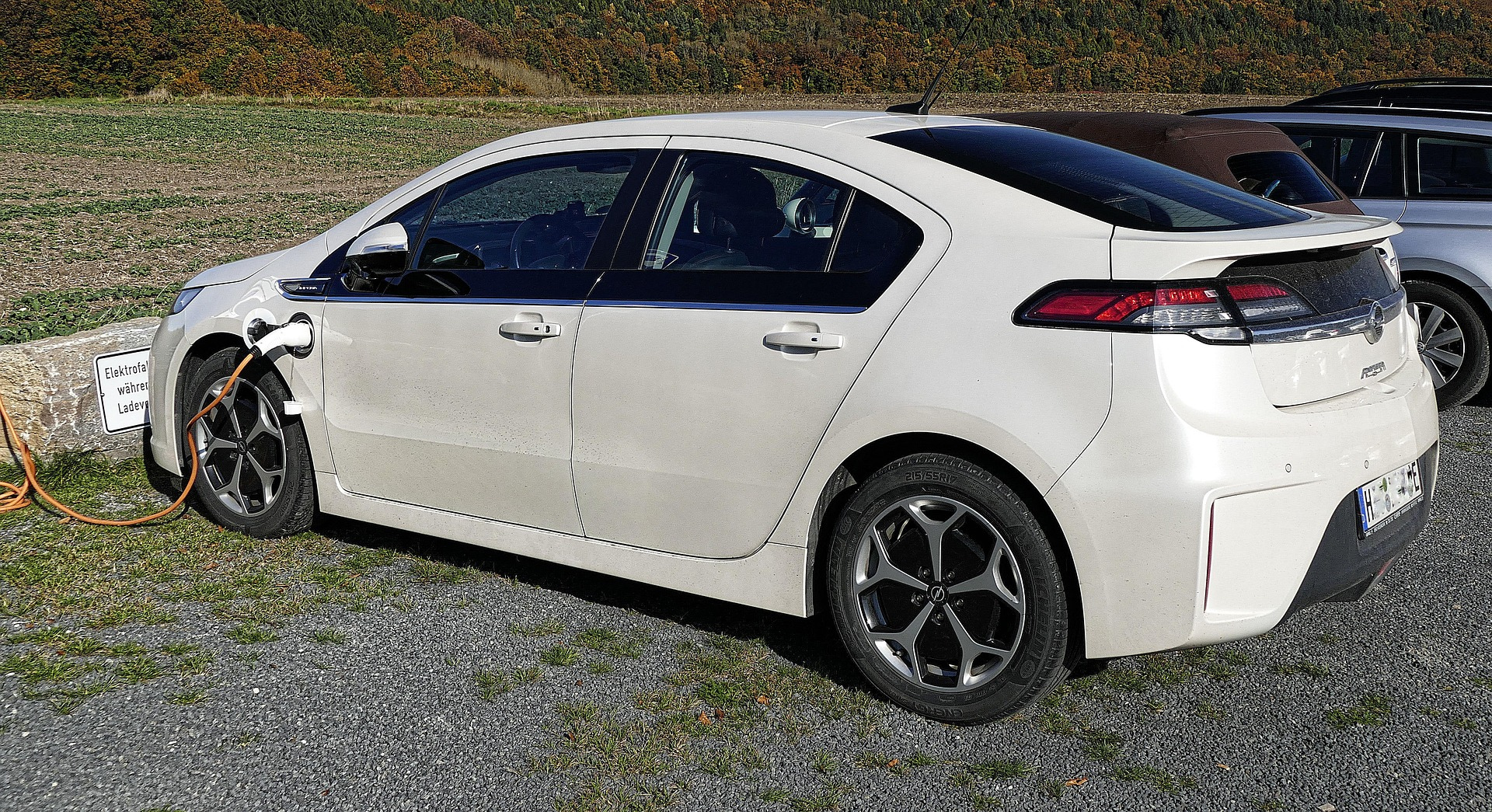Introduction
Battery Electric Vehicles (BEVs) are transforming the global transportation landscape, offering an eco-friendly alternative to internal combustion engine (ICE) vehicles. As concerns over climate change and carbon emissions grow, BEVs have emerged as a viable solution for reducing environmental impact. With advancements in battery technology, infrastructure, and governmental policies supporting clean energy, the adoption of BEVs is accelerating worldwide.
What are Battery Electric Vehicles (BEVs)?
BEVs are fully electric vehicles that operate solely on electricity stored in rechargeable battery packs. Unlike hybrid or plug-in hybrid electric vehicles (PHEVs), BEVs do not have an internal combustion engine and rely entirely on electric motors for propulsion. These vehicles require external charging from the power grid and do not produce tailpipe emissions, making them a cleaner alternative to conventional gasoline or diesel-powered cars.
How BEVs Work
The primary components of a BEV include:
- Battery Pack – Stores electrical energy, typically lithium-ion batteries, though new technologies such as solid-state batteries are emerging for higher efficiency and longevity.
- Electric Motor – Converts electrical energy into mechanical energy to drive the vehicle, offering instant torque and a smooth driving experience.
- Power Electronics – Manages power flow between the battery and motor, ensuring optimal energy use and performance.
- Thermal Management System – Maintains optimal battery temperature to enhance efficiency, prevent overheating, and prolong battery life.
- Regenerative Braking System – Captures energy lost during braking and stores it in the battery for reuse, improving overall efficiency.
- Charging System – Enables energy replenishment from charging stations or home charging units, supporting different levels of charging speeds (Level 1, Level 2, and DC fast charging).
Advantages of Battery Electric Vehicles
- Zero Emissions – BEVs do not emit greenhouse gases (GHGs), reducing air pollution and combating climate change.
- Energy Efficiency – Electric motors are significantly more efficient than internal combustion engines, converting a higher percentage of energy into usable power.
- Lower Operating Costs – Electricity is generally cheaper than gasoline, and BEVs have fewer moving parts, reducing maintenance expenses such as oil changes and exhaust system repairs.
- Renewable Energy Integration – BEVs can be powered using renewable energy sources, such as solar or wind, further reducing their carbon footprint.
- Improved Performance – Electric motors provide instant torque, resulting in smoother acceleration, higher responsiveness, and an overall superior driving experience.
- Government Incentives – Many governments provide financial incentives, tax rebates, and grants to encourage BEV adoption and make them more affordable for consumers.
Challenges and Limitations of BEVs
Despite their benefits, BEVs face several challenges that need to be addressed for widespread adoption:
- Battery Cost and Longevity – Although battery prices are decreasing, they remain a significant component of vehicle cost. Additionally, battery degradation over time affects performance and range.
- Charging Infrastructure – The availability and accessibility of charging stations vary by region, making long-distance travel inconvenient in some areas. Expansion of public and home charging stations is crucial for mass adoption.
- Charging Time – While fast-charging technology is improving, recharging a BEV still takes longer than refueling a conventional vehicle, though ultra-fast charging solutions are emerging.
- Range Anxiety – Some consumers worry about running out of battery power before reaching a charging station, limiting confidence in BEVs. Increased battery capacities and expanded charging networks can help mitigate this concern.
- Grid Capacity – A higher concentration of BEVs increases electricity demand, necessitating upgrades to power grids and energy storage solutions to ensure stability and prevent overloads.
- Raw Material Sourcing – The production of lithium-ion batteries relies on materials such as lithium, cobalt, and nickel, raising concerns about ethical sourcing, mining impacts, and supply chain constraints.
Future of BEVs
Several technological and policy-driven advancements are shaping the future of BEVs:
- Battery Innovations – Emerging technologies such as solid-state batteries, silicon anodes, and lithium-sulfur batteries promise higher energy density, faster charging, improved lifespan, and greater efficiency.
- Expanding Charging Networks – Governments and private enterprises are investing in rapid-charging infrastructure, making BEVs more practical for everyday use and long-distance travel.
- Vehicle-to-Grid (V2G) Technology – This innovation allows BEVs to supply electricity back to the grid, enhancing energy resilience and stability, particularly during peak demand hours.
- Autonomous and Connected BEVs – The integration of artificial intelligence and IoT will optimize energy efficiency, route planning, and autonomous driving capabilities, making BEVs smarter and safer.
- Government Incentives and Regulations – Many countries offer tax credits, subsidies, and policies to encourage BEV adoption, with some governments planning to phase out gasoline and diesel vehicles entirely in the coming decades.
- Second-Life Battery Applications – Used EV batteries can be repurposed for energy storage systems, reducing waste and contributing to a circular economy.
Conclusion
Battery Electric Vehicles (BEVs) represent a crucial step toward achieving sustainable mobility and reducing the world’s reliance on fossil fuels. With continuous advancements in battery technology, charging networks, and policy support, BEVs are becoming increasingly viable for mainstream consumers. While challenges such as range anxiety, battery costs, and infrastructure limitations persist, ongoing research and innovation are expected to resolve these issues, solidifying BEVs as the future of transportation. As the automotive industry shifts towards electrification, BEVs will play a pivotal role in shaping a cleaner, greener, and more energy-efficient world.



Pingback: Hydrogen-Powered Electric Vehicles: - Tech Master Online